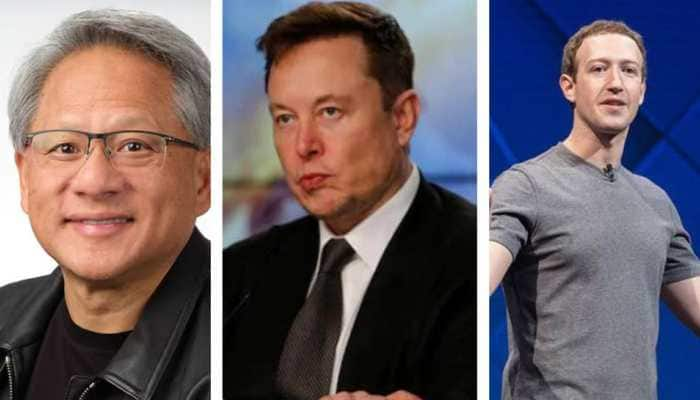Scientists detect first direct evidence of gravitational waves
The phenomenon was observed by two US-based underground detectors, designed to spot tiny vibrations from passing gravitational waves, a project known as the Laser Interferometer Gravitational-wave Observatory, or LIGO.
Trending Photos
)
Washington/Cambridge, Mass: In a landmark discovery that may open a new chapter in quest to understand the cosmos, scientists on Thursday announced that they have succeeded in detecting gravitational waves, or ripples in space-time, which Albert Einstein predicted a century ago.
The researchers said they detected gravitational waves coming from two black holes - extraordinarily dense objects whose existence also was foreseen by Einstein - that orbited one another, spiraled inward and smashed together.
The scientific milestone, announced at a news conference in Washington, was achieved using a pair of giant laser detectors in the United States, located in Louisiana and Washington state, capping a long quest to confirm the existence of these waves.
"Like Galileo first pointing his telescope upward, this new view of the sky will deepen our understanding of the cosmos, and lead to unexpected discoveries," said France Cordova, director of the US National Science Foundation, which funded the work.
The phenomenon was observed by two US-based underground detectors, designed to spot tiny vibrations from passing gravitational waves, a project known as the Laser Interferometer Gravitational-wave Observatory, or LIGO.
It took scientists months to verify their data and put it through a process of peer-review before announcing it on Thursday, marking the culmination of decades of efforts by teams around the world.
"LIGO has ushered in the birth of an entirely new field of astrophysics," said Cordova.
Gravitational waves are a measure of strain in space, an effect of the motion of large masses that stretches the fabric of space-time -- a way of viewing space and time as a single, interweaved continuum.
They travel at the speed of light and cannot be stopped or blocked by anything.
Einstein said space-time could be compared to a net, bowing under the weight of an object. Gravitational waves would be like ripples that emanate from a pebble thrown in a pond.
While scientists have previously been able to calculate gravitational waves, they had never before seen one directly.
A third detector, called VIRGO, is scheduled to open in Italy later this year.
Tuck Stebbins, head of the gravitational astrophysics laboratory at NASA`s Goddard Spaceflight Center, described the detectors as the "most complex machines humans have ever built."
Both LIGO and VIRGO have undergone major upgrades in recent years.
Physicist Benoit Mours of France`s National Center for Scientific Research (CNRS), which is leading the VIRGO team along with Italian colleagues, described the discovery as "historic" because it "allows us to directly verify one of the predictions of the theory of general relativity."
Physicists said the gravitational wave detected at 1651 GMT on September 14 originated in the last fraction of a second before the fusion of two black holes somewhere in the southern sky, though they can`t say precisely where.
Einstein had predicted such a phenomenon would occur when two black holes collided, but it had never before been observed.
An analysis by the MIT and Caltech found that the two black holes joined about 1.3 billion years ago, and their mass was 29-36 times greater than the Sun.
The wave arrived first at the Louisiana detector, then at the Washington instrument 7.1 milliseconds later.
Indirect proof of gravitational waves was found in 1974 through the study of a pulsar and a neutron star. Scientists Russell Hulse and Joseph Taylor won the Nobel Prize for physics for that work in 1993.
"Humanity has now another tool for exploring the universe," Stebbins told AFP.
"This is like the perfect outcome. The door is open to new discoveries," he added. "This is a new era in astrophysics."
Details of the discovery are being published in the journal Physical Review Letters.
(With AFP inputs)
Stay informed on all the latest news, real-time breaking news updates, and follow all the important headlines in india news and world News on Zee News.
Live Tv







)
)
)
)
)
)
)
)
)
)
